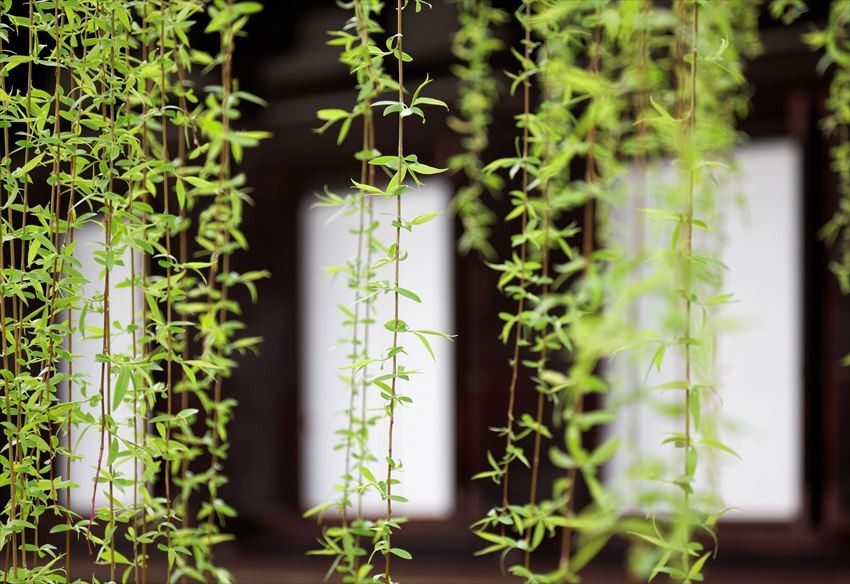
Known for containing 1,000 Kannon statues within the long main hall, Sanjusangendo is a popular temple to visit and witness the unique sight of so many statues standing side by side 10 rows deep. With the main statue of Kannon at Sanjusangendo being a National Treasure, it’s a temple that is a must-visit for any first-time visitor to Kyoto!
About Sanjusangendo Temple
Known as the longest wooden building in Japan, Sanjusangendo means the "33-space hall", referring to the gaps between the columns in the main hall that holds 1,000 statues that represent Kannon, the goddess of mercy.
Sanjusangendo is also popular on the Sunday closest to January 15th when the archery tournament known as Toshiya is held next to the western veranda. The tournament is amazing to see in person, as young women dressed in kimono and a hakama (traditional garment worn over a kimono) fire off arrows in a beautiful display of skill.
About the Sanjusangendo Hall
The most important hall of Sanjusangendo is home to 1,000 life-sized statues of the Thousand-Armed Kannon flanking the main image which stands at 3.3 meters tall. 124 of them date to the temple's founding in 1164, in the Heian period. Although the statues only have 42 arms, if you substract the two normal arms, then multiply the remaining 40 by the 25 planes of existence, you get 1,000.
Along with the Thousand-Armed Kannon, you can find 28 other statues of the followers of Kannon, which include the famous Fujin and Raijin, the gods of Wind and Thunder respectively.
The Thousand-Armed Kannon statues are lined up along the entire length of the hall. Each is unique and carved with great detail. There are 500 statues on each side of the main statue of Kannon, making this "Buddha statue forest" a truly breathtaking sight to see up close.
Even though the view of all the statues in Sanjusangendo hall is amazing, photography is prohibited, so make sure to put your camera away and to respect the temple’s rules.
What is Rengeo-in Sanjusangendo?
The official name of Sanjusangendo is actually Rengeo-in and is also known as the Hall of the Lotus King. The reason that it is more commonly known as Sanjusangendo is due to the length of the temple being 33 ken, a Japanese unit of length of about 2 meters.
Sanjusangendo Garden
Although the main temple is surrounded by gravel, there is a small garden at Sanjusangendo with a pond surrounded by shrubs and plants, with a few cherry blossom trees to enjoy during the spring months.
History of Sanjusangendo
Ordered by Emperor Go-Shirakawa, Taira no Kiyomori completed construction of the temple in 1164. Unfortunately, the original building was destroyed in a fire in 1249 and it took until 1266 to rebuild it.
The main statue of a seated Kannon within the hall, the Chuson, was created by the great sculptor Tankei and is a designated National Treasure. Though only 124 of the original statues were saved from the fire of 1249, and the remaining statues were completed in the 13th century.
Access to Sanjusangendo
Getting to Sanjusangendo is easy if you take the Keihan Main Line from Kyoto Station. Get off at Shichijo Station and take exit #4 and head east for about 6 minutes and it will be on the right-hand side, across from the Kyoto National Museum.
General admission costs 600 yen for adults, 400 yen for high school and middle school students, and 300 yen for children. Opening hours are usually 8:00 am until 5:00 pm, but change from November 16th until March to 9:00 am to 4:00 pm. Last admission is 30 minutes before closing.
Information
- Name: Sanjusangendo (Rengeo-in)
- Street address: 657 Sanjusangendomawari, Higashiyama Ward, Kyoto, Kyoto Prefecture 605-0941
- Access: A 6-minute walk from Shichijo Station via the Keihan Main Line
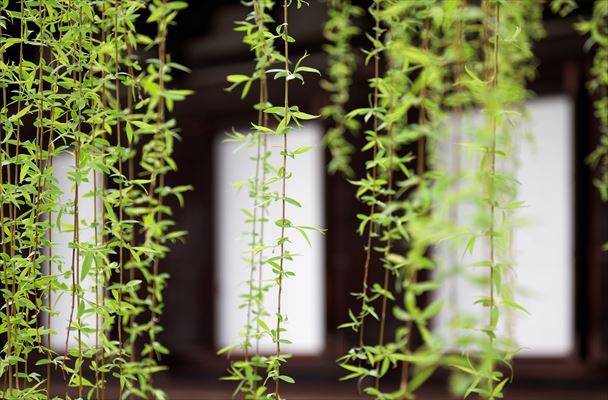

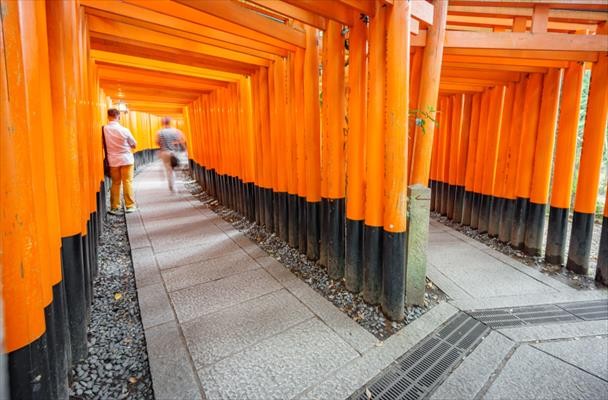
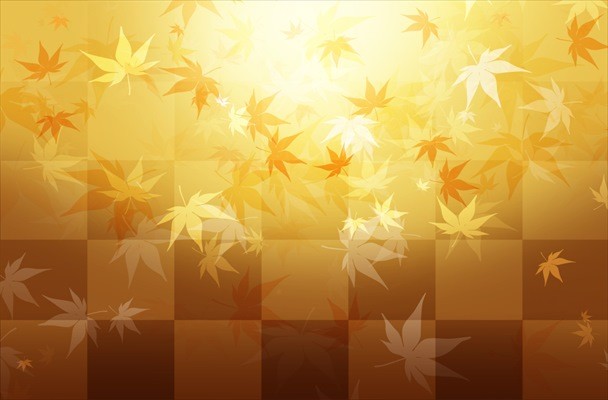
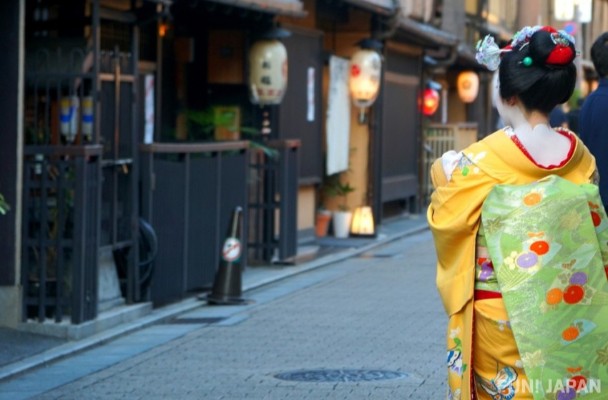
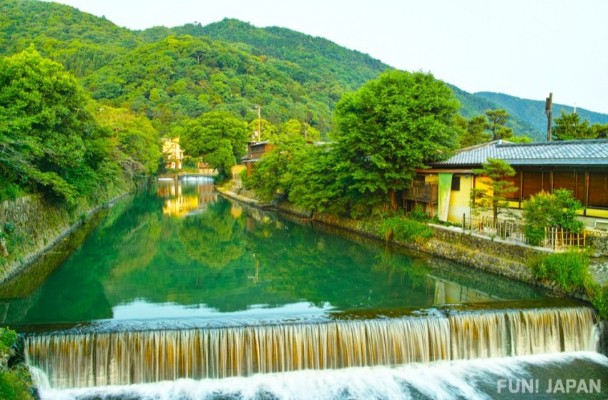
Comments